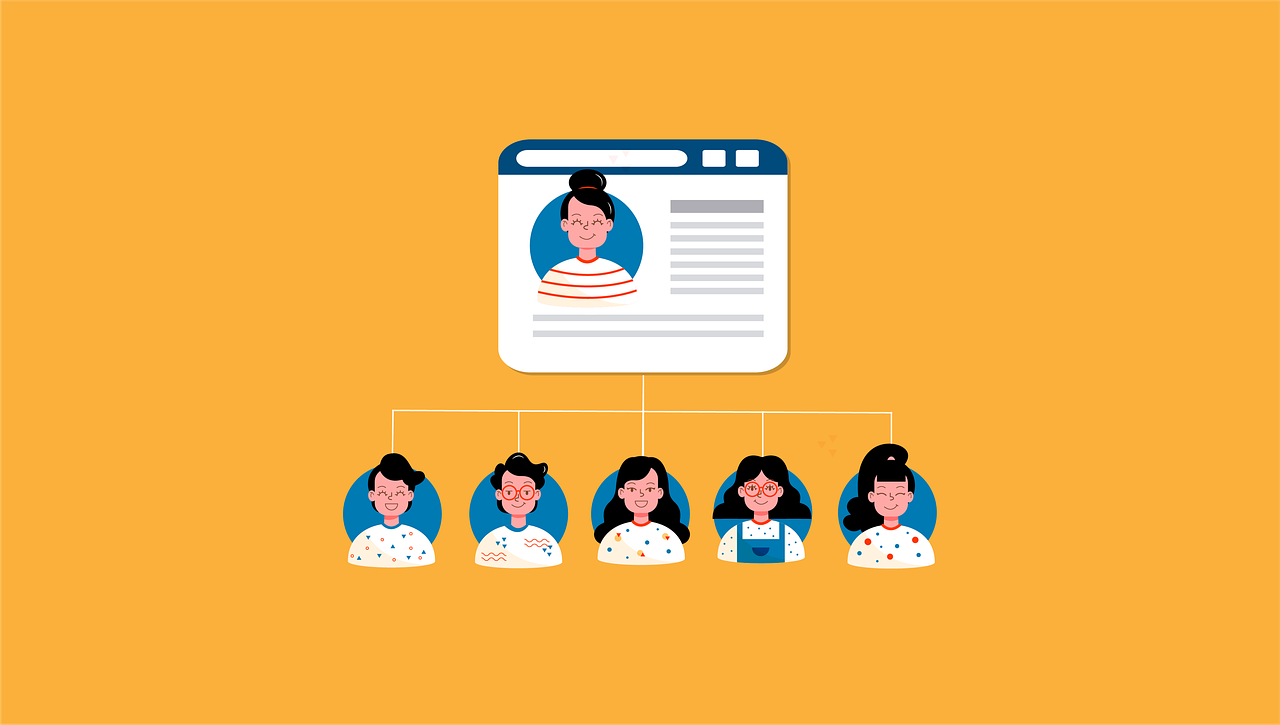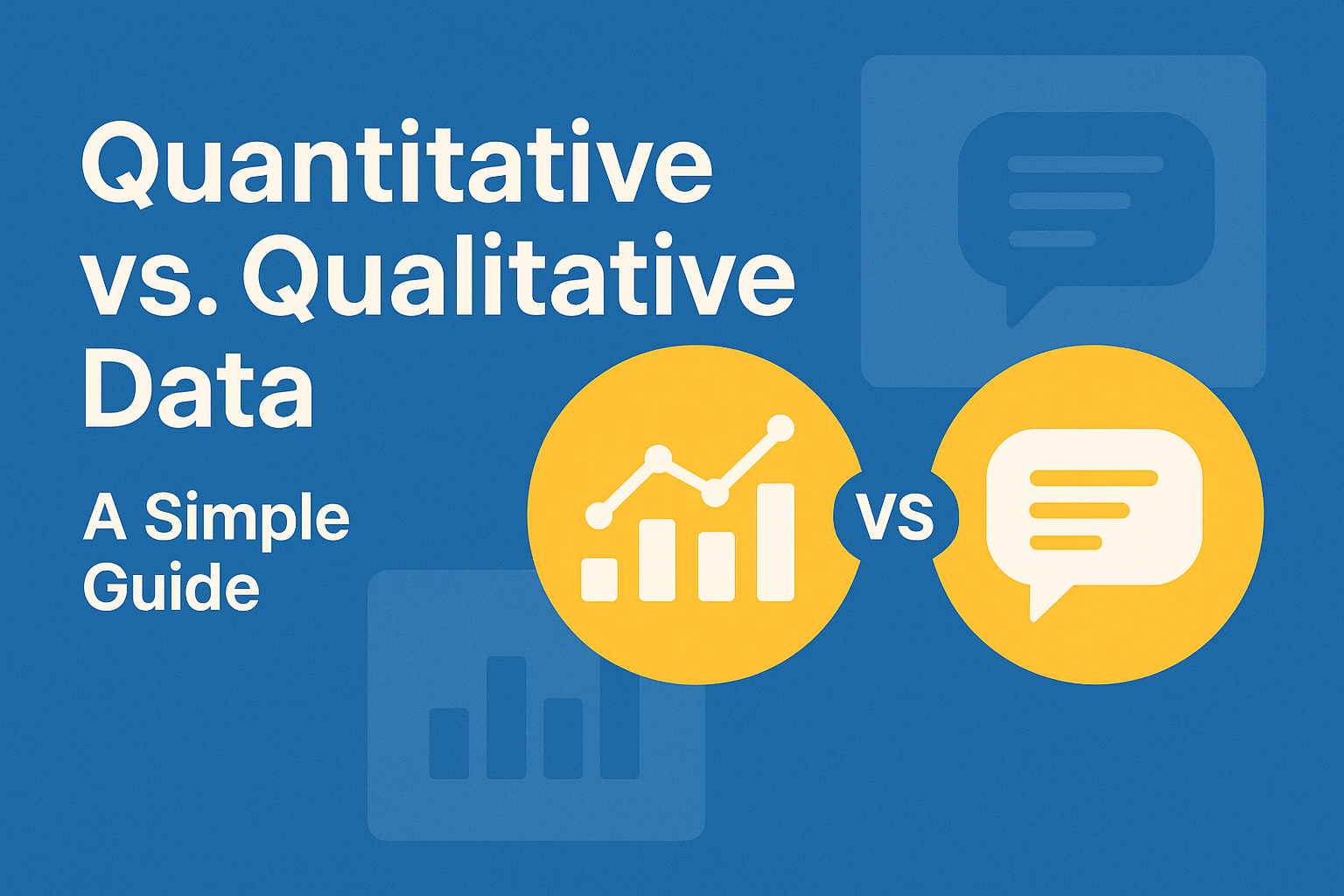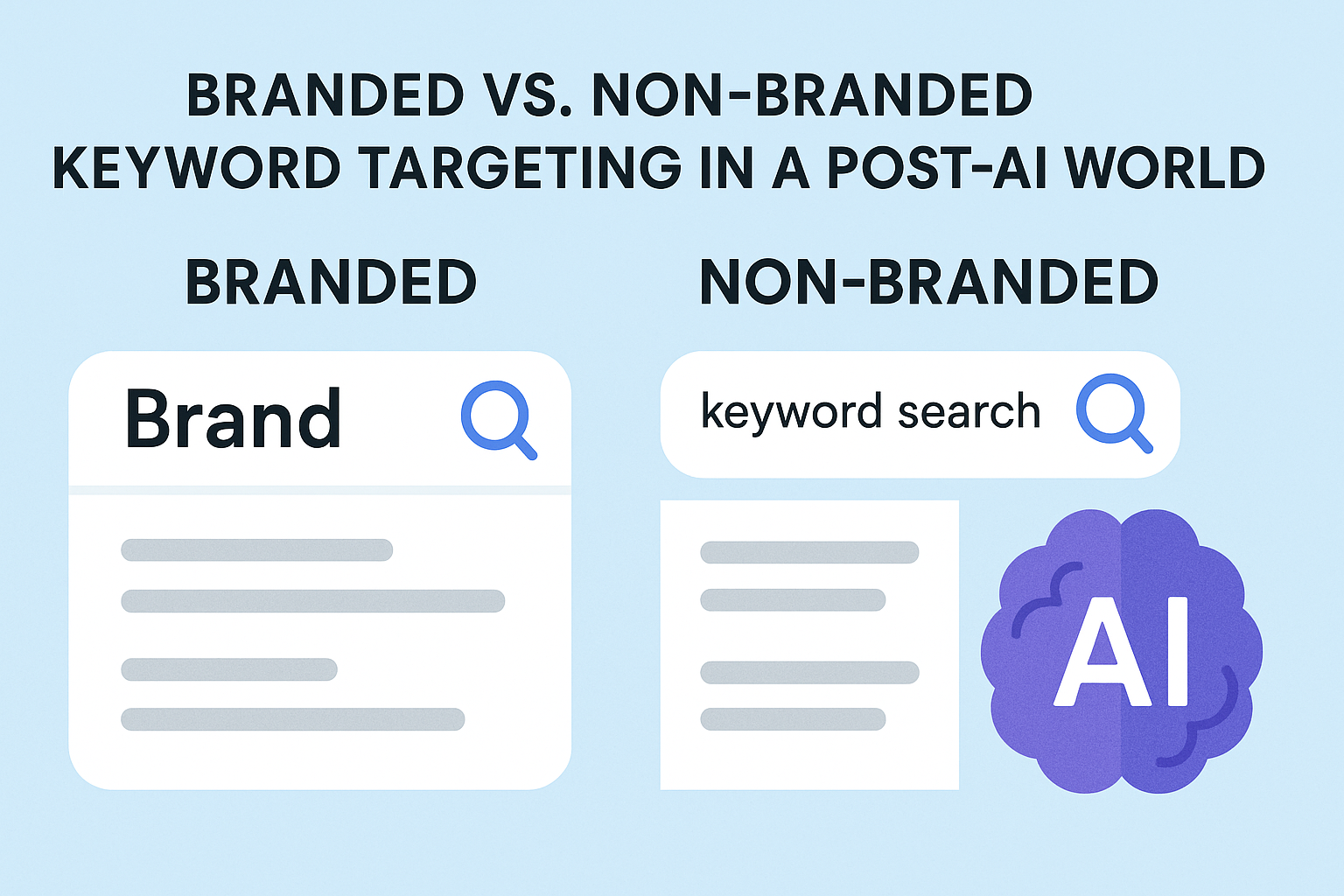Don’t allow the phrase “audience research and analysis” to scare you off. It may sound like a challenging endeavor because it sounds complicated and intimidating. But once you have understood the procedure, you can take on the project on your own and apply the outcomes to improve your overall content marketing strategy.
For starters, audience research and analysis require identifying the ideal customers and learning about their preferences, which genuinely help businesses interact with their target audience through content. Your target area is probably not so significant unless you become a multibillion-dollar company like Google, Adidas, or Coke. Regardless of where the users are on your website, you must understand the particular area of your expertise for your business’s present and future expansion.
On the other hand, your customers can come looking for you. It could be determined by their needs, wants, or bad experiences faced elsewhere. Some would already know what they need and use Google to look it up. Some might only be exploring or researching the product or services they might need in the future. And the remaining others could already be aware of their needs and compare options to choose GoodFirms or any other advertising agency.
In this stage of your Audience Research and Analysis for SEO, you would like to identify the following:
- Collect Demographics Data Using Keywords
- Do Some Secondary Data Research
- Make Content Based on Common Questions
- Utilize Third-Party Applications For Demographic Research
- Audit Your Existing Audience
- Analyze Other Brands
- Measure Your Content Performance
Your objective will be to map out these points mentioned above for effective research and analysis for SEO.
Collect Demographics Data Using Keywords
Finding and analyzing search keywords that people type into search engines to find answers is called keyword research. Keyword research can provide assorted information about a particular query, including its popularity and how challenging it is to rank for them.
By using keyword research, you may identify the best keywords to target while also learning important details about the Google searches that your target market actually uses. You may use the knowledge you gain about these search phrases to draft your smaller-scale marketing plan and your content strategy to nail your niche audience Your website will get more traffic if your content is in keeping with the searcher’s intent. As a result, you need to focus on these searches.
Do Some Secondary Data Research
It’s not as simple as it may seem initially to research and analyze your target audience. The primary data is usually insufficient to help your SEO campaign. So to maximize the benefits of your optimization efforts, you should now consider switching to secondary data research.
Secondary research makes use of data that has already been compiled or released by a different party. Key data regarding a market, product, or service are primarily established using it.
You may use secondary data to develop a character for your business or website and better serve the audience wherever you are. It is economical to conduct secondary market research. No special training is required, and it’s a terrific backdrop to get ideas for growth, be inspired, or dig more into a subject before making strategic decisions.
It is also referred to as desk-based research; you only need an internet connection to get started. You can find free secondary market data in many different places. These include both internal and external sources, including business sales and analytics data, sector- or government-specific publications, and publicly available market research polls.
To save time, make sure you take the proper actions straight away. A rigorous technique aids in topic analysis, spotting trends, and determining whether or not additional primary market research is worthwhile. Visit the website to learn more.
Make Content Based on Common Questions
For consumer-focused companies, specifically, retailers, developing new content is easy. Produce content that readers want to discuss or share on their social media platforms. Your content needs to engage readers. Plus, you need to keep SEO in mind when you plan your content. Search engines value shared talked-about content.
The new SEO is built on a content strategy, but producing content isn’t always simple, and sometimes just getting started is difficult. Avoid creating content merely for the sake of creating content. Make sure your content is informative, humorous, or helpful.
As we are all aware, Google has started directly showing responses in search engine results pages (SERPs). A rising number of webmasters invest time and effort in creating content that responds to commonly requested questions to boost the possibility of long-tail queries.
As a result, understanding frequent user questions has become incredibly simple. If the right questions are asked, there may be a greater chance of showing up as straight responses in SERPs. Using this approach, audience research will take on a new level, and SEO will pay off.
Utilize Third-Party Applications For Demographic Research
Research a product or service, including how well it is selling, who likes it, and where it is most popular. This will help build your demographic data. This research can shed light on who likes the product and where it is most popular.
First-party data obtained from visitors who found your site through a paid search and internal searches on your site is particularly useful. Third-party data, on the other hand, provides helpful demographic, behavioral, and contextual information if you don’t already have your own consumer data. Generally, third-party data suppliers track anonymous site behavior and offer it in categories. If third-party data is used judicially, it can aid in creating more accurate audience segmentation. It will reveal how each user searches online, further narrowing down with audience segment searches.
Audit Your Existing Audience
Starting with the audience already present is a good idea for established organizations. Who are the people who usually use your services? Who are your consumers? On what social media platforms your company already is popular? The people who already support your brand should be identified. To do so, look in the following places to accomplish this:
Social media insights: The demographic data of your present followers are available on your social media sites. You may access this, for instance, on Facebook by clicking “Insights” and then “People.” Go to the “Analytics” page on Twitter and click “Audiences.”
Google Analytics: Utilize your Google Analytics account to unlock demographic information about visitors to your website. Customer Data: You can mine your account for demographic data if you have a CRM. Your sales team and sales data will also provide you with a picture of your regular customers. Organize: Create a spreadsheet with the audience data you acquired so you may refer to it later as you continue to research and analyze your audience. You might call this tab “Audience Data.”
Analyze Other Brands
Let’s discuss a topic that, to be honest, makes some marketers uncomfortable. Competition! Marketing is a game of fighting for the attention of your audience, regardless of the business you are in. Think about it. The competition is oftentimes fierce because so many marketing avenues are available today.
Followers, revenues, ad placement, and traffic are part of the competition. The list is boundless. This is where performing competitive analysis works. You can examine rival brands and competitors’ websites to learn more about your target audience. In general, you would seek all important details since you want to get as many insights as possible.
What pages are the most popular? Which pages receive the majority of their overall traffic? Try to figure out which pages of your competitors appear most frequently in search results, and analyze the top pages of your rival’s website.
A page or set of pages may occasionally receive a lot of traffic on your rival websites. Never assume you are aware of the most popular pages on a rival website. As part of the competitive analysis process, investigate it, and be prepared for some surprises.
Measure Your Content Performance
Simply because something is published on a blog doesn’t mean that the readers enjoy it. It would help if you ascertained which content is doing well. In order to do so, figure out the following: What responses does the brand’s blog content receive from its followers on Facebook and Twitter? Does the post-receive many responses or comments? Note it down.
Conclusion
Your audience can be studied or analyzed in a variety of ways. The best impression can be obtained by combining all of them. Here is a brief rundown of the ways you might take to learn your audience better: Start by using Google Analytics and the social media platforms‘ analytical capabilities. And maybe add third-party research tools if your metrics are missing.
Next, examine search engine results pages to determine what your rivals are doing and what material Google deems relevant to your industry. Afterward, use all available tools for keyword research. Hopefully, you will have a clearer understanding of your target audience and how they search. This will assist you in creating content that is more pertinent for organic search and guide your continuing SEO strategy.
Marshall Jones is a marketing specialist with more than 5 years of experience in promoting and marketing brands in the digital world. Marshall loves to read and share his digital marketing experience with the rest of the community.







